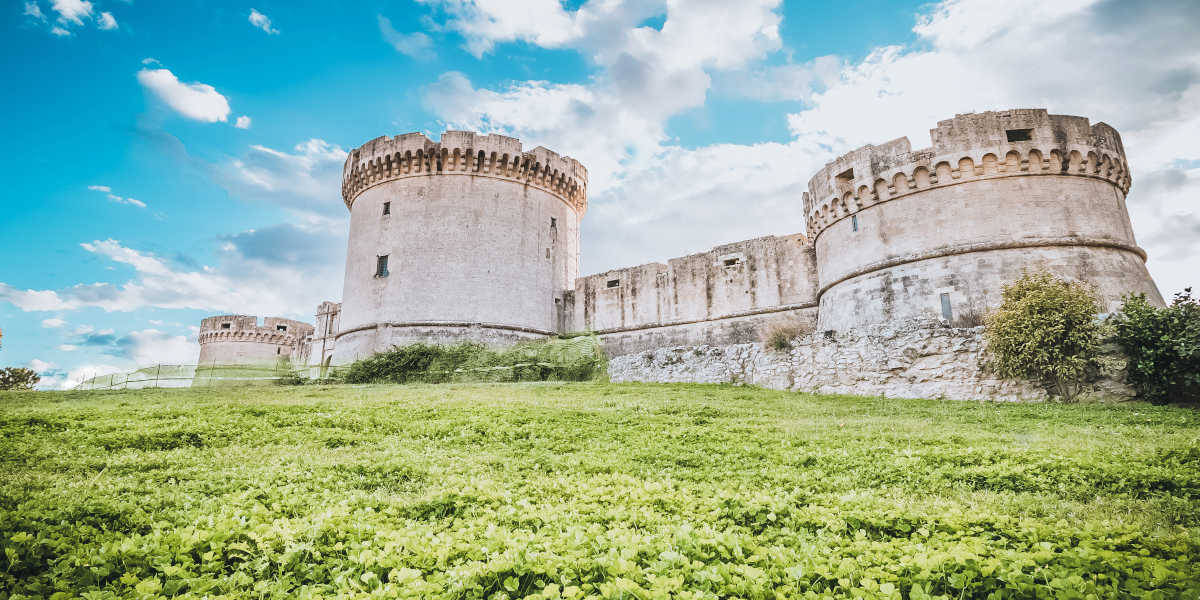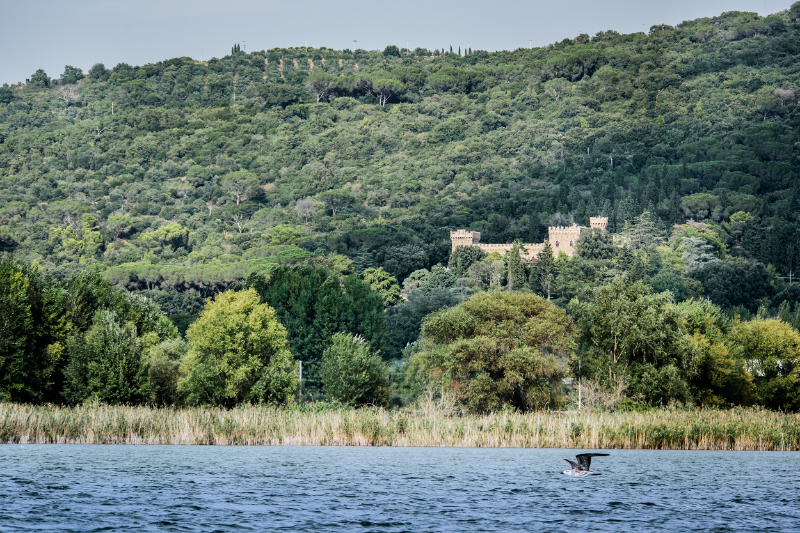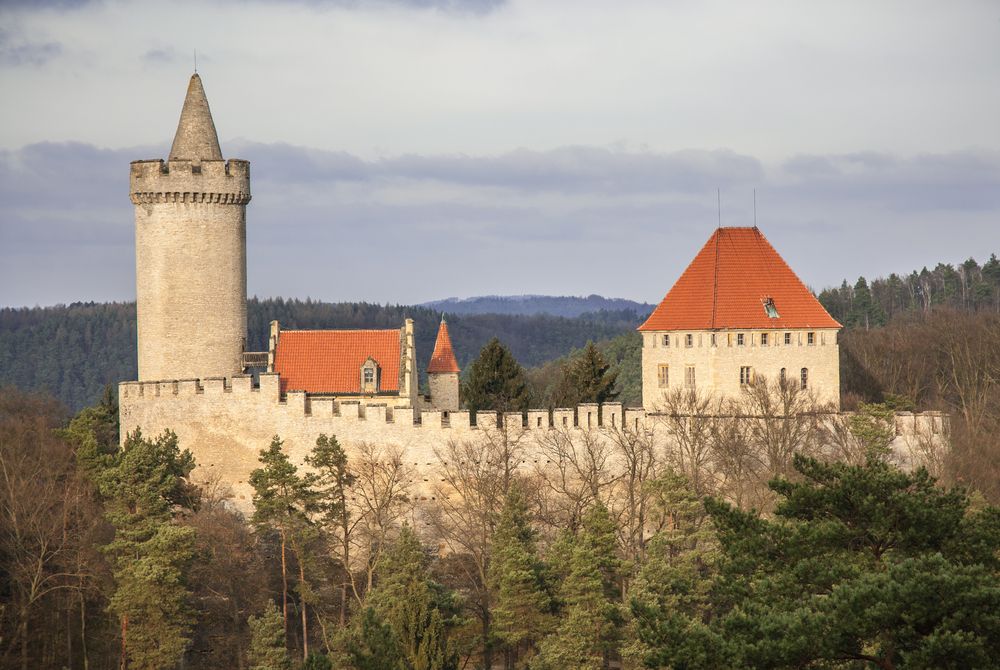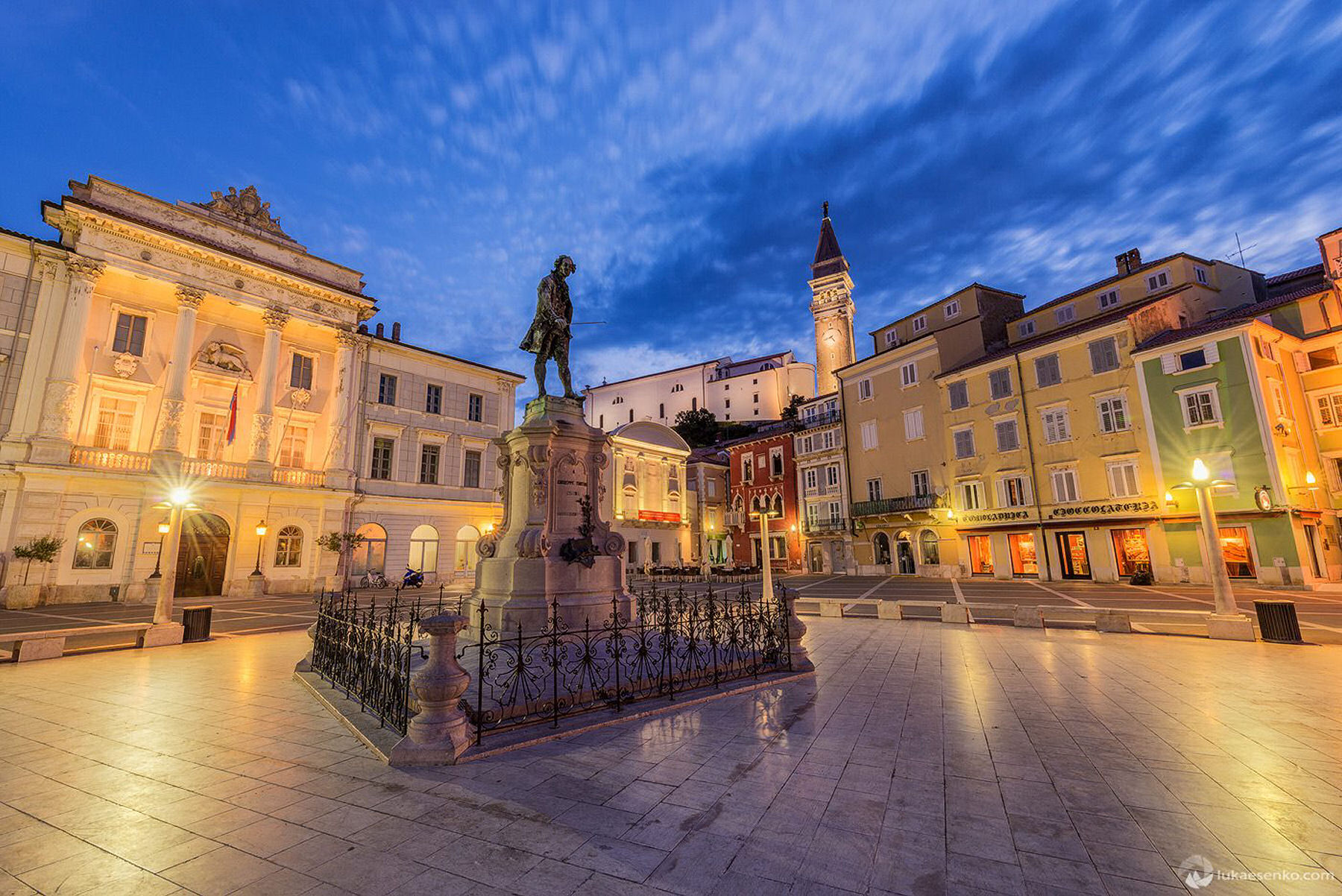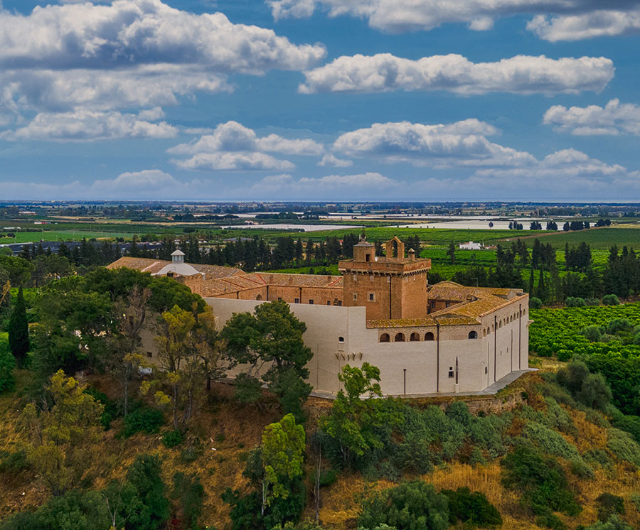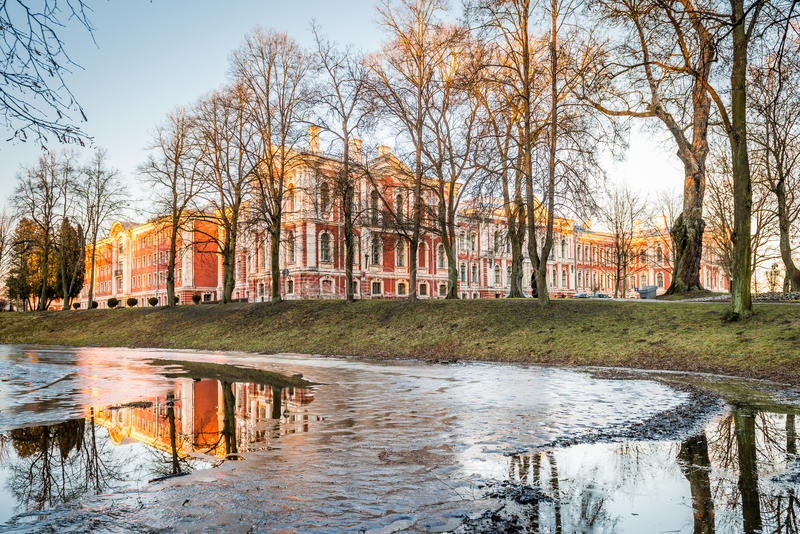The Tramontano castle is situated on a small hill, called Lapillo hill, overlooking the historical centre of the city of Matera.
In Aragonese style, the castle, with a central male and two round side towers, scalloped and equipped with slits, was built from 1501 by Count Gian Carlo Tramontano, feudal lord of Matera. The new king of Naples, Ferdinand II, had promised the people of Matera not to cede the city to any feudal lord, after it had already freed itself several times from the feudal yoke by paying several ransoms to remain a free city to autonomous regiment, i.e. directly dependent on the Royal Crown. On the other hand, Count Tramontano, who boasted debts towards the Royal Treasury, asked and obtained the County of Matera in 1496.
The Count soon became invulnerable to the people of Matera because as time went by he became full of debts, to which he taxed the population with heavy taxes. Thus began the construction of the castle, which was located on a hill overlooking the city, outside the city walls, with the purpose of control "feudal " of the surrounding land rather than defense of the city itself. It seems that then the construction should have included other defense towers, one of which was found under the central Piazza Vittorio Veneto in Matera along with other hypogeal environments. As many as 25,000 ducats were spent for the construction of the Castle and this burdened the population even more.
So it was that some citizens, tired of the constant abuses, gathered behind a boulder, which from then on was called u pizzon’ du mal consigghj, that is the stone of bad advice, and organized the assassination. On 29th December 1514 the Count, as soon as he left the Cathedral, was assassinated in a side street of the Cathedral, which was later eloquently called Via del Riscatto. The castle remained unfinished.
